What is pediatric sleep apnea?
Pediatric sleep apnea happens when a child’s breathing repeatedly stops and starts during sleep. It’s not just snoring-it’s a serious condition where the airway gets blocked, often by enlarged tonsils or adenoids. These are the soft tissues at the back of the throat and nose. When they grow too big, they block airflow, especially during deep sleep when muscles relax. Kids with this condition may gasp for air, sweat heavily at night, or sleep in strange positions to try to breathe better.
It affects about 1 to 5% of children, mostly between ages 2 and 6. That’s when tonsils and adenoids are largest compared to the size of their airways. Left untreated, it can lead to learning problems, behavioral issues like ADHD-like symptoms, slow growth, and even high blood pressure. A child with severe sleep apnea might stop breathing 15 to 30 times every hour. That’s not normal-it’s a red flag.
Why do tonsils and adenoids cause sleep apnea in kids?
Tonsils and adenoids are part of the immune system. They help fight infections, especially in young kids. But in many children, they swell up after repeated colds, allergies, or infections. Once they’re enlarged, they don’t shrink back down like they should. The result? A narrow airway that collapses during sleep.
It’s not always just one or the other. Many kids have both tonsils and adenoids contributing to the blockage. That’s why doctors usually recommend removing both, not just one. Studies show that if only the tonsils are taken out, the sleep apnea often comes back. The same goes for removing only the adenoids. The airway needs to be widened as much as possible. That’s why adenotonsillectomy-the surgery to remove both-is the standard first step.
Some kids have other factors too, like obesity, facial structure issues, or neurological conditions. But for most otherwise healthy children, the problem starts and ends with those two tissues.
How is it diagnosed?
Diagnosis starts with noticing symptoms: loud snoring, mouth breathing, restless sleep, bedwetting, daytime tiredness, or trouble concentrating at school. But symptoms alone aren’t enough. The gold standard is a sleep study-called polysomnography.
This overnight test tracks seven things:
- Brain waves (to see sleep stages)
- Heart rhythm
- Oxygen levels in the blood
- Carbon dioxide levels
- Chest and belly movement (to see if the child is trying to breathe)
- Muscle activity
- Airflow through the nose and mouth
The test shows exactly how often breathing stops, how low oxygen drops, and how hard the body is working to breathe. It also rules out other sleep disorders. Without this test, doctors can’t be sure if it’s sleep apnea or something else.
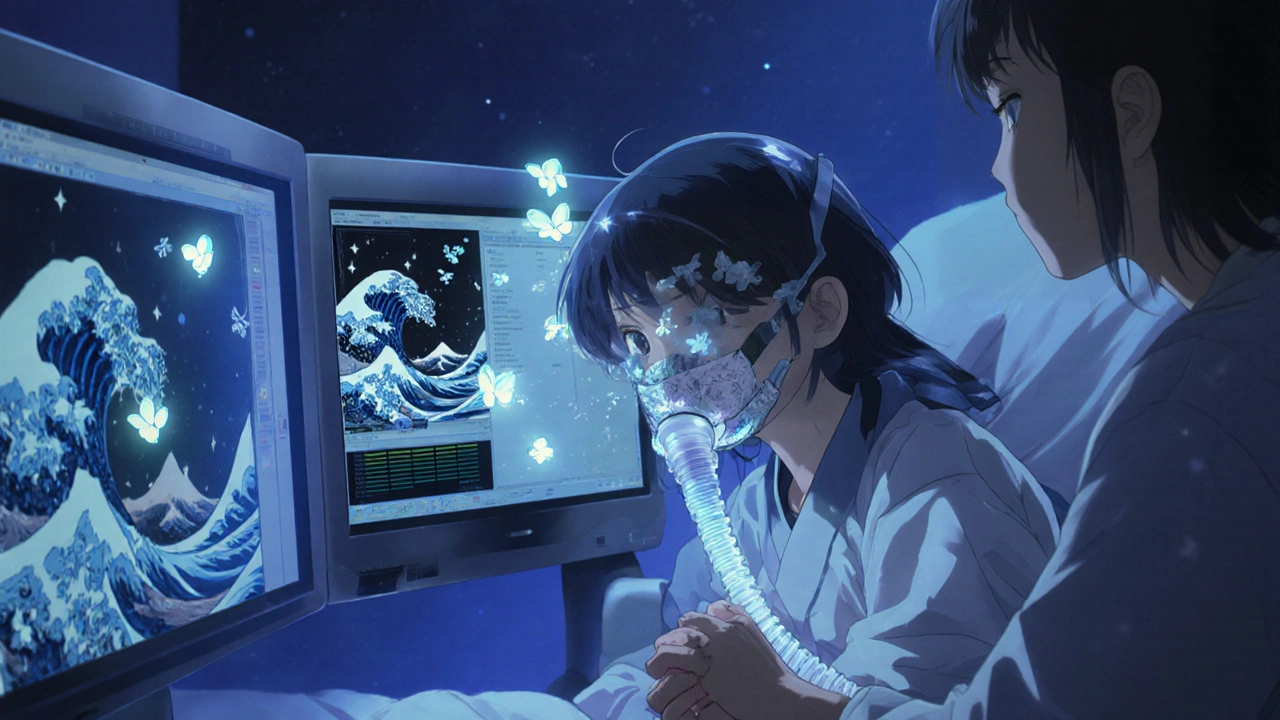
Adenotonsillectomy: The first-line treatment
If your child has enlarged tonsils and adenoids and a confirmed diagnosis of moderate to severe sleep apnea, surgery is the first recommended treatment. About 70 to 80% of otherwise healthy kids see major improvement-or complete resolution-after the procedure.
The surgery is done under general anesthesia. The surgeon removes both tonsils and adenoids through the mouth. No cuts on the skin. Recovery takes about 7 to 14 days. Kids need soft foods, lots of fluids, and rest. Pain is common, but manageable.
There are risks: bleeding happens in 1 to 3% of cases. A small number (0.5 to 1%) need ICU care after surgery due to breathing problems. But for most, the benefits far outweigh the risks.
Some centers now offer partial tonsillectomy-a technique that leaves a thin layer of tissue to reduce pain and bleeding. It’s less common, but studies show it cuts recovery time by about 30% and lowers bleeding risk by half. It’s not available everywhere, but it’s gaining traction.
When is CPAP used instead?
CPAP isn’t the first choice for most kids. It’s used when surgery isn’t possible or doesn’t work. That includes children with:
- Neuromuscular diseases (like cerebral palsy)
- Craniofacial abnormalities (like Down syndrome or cleft palate)
- Severe obesity (BMI over the 95th percentile)
- Persistent sleep apnea after surgery
- Very small tonsils and adenoids
CPAP works by blowing gentle, steady air through a mask worn during sleep. The pressure keeps the airway open. For kids, the pressure is usually set between 5 and 12 cm H2O. That’s lower than what adults need. The exact number is found during a special titration sleep study.
When used correctly, CPAP is 85 to 95% effective at stopping apneas. But here’s the catch: kids often hate wearing the mask. About 30 to 50% don’t use it consistently. Reasons? The mask feels weird, it’s claustrophobic, it leaks, or it irritates the skin. Some kids take 2 to 8 weeks to get used to it.
Success depends on fit. Masks need to be replaced every 6 to 12 months as the child’s face grows. Parents need to be patient. Practice during the day, let the child choose the mask style, and make it part of the bedtime routine.
Other treatments: Steroids, expanders, and meds
Not every child needs surgery or CPAP. For mild cases, doctors may try other options first.
Inhaled corticosteroids like fluticasone (88-440 mcg daily) can shrink swollen adenoids. It takes 3 to 6 months to see results, and the effect is usually partial-but enough to avoid surgery in some kids. It’s especially helpful for those with allergies or chronic nasal inflammation.
Rapid maxillary expansion is an orthodontic device that widens the upper jaw. It’s used when the palate is too narrow, which squeezes the airway. The device applies 300-500 grams of pressure over 6 to 9 months. Success rates are 60 to 70% in kids with this specific issue.
Montelukast, a daily pill used for asthma and allergies, is sometimes prescribed off-label. It targets inflammation linked to adenoid growth. Studies show it improves breathing in about 30 to 50% of mild cases-but again, it takes months to work.
These aren’t quick fixes. They’re alternatives for kids who can’t or won’t have surgery, or whose parents want to delay it.

What happens after treatment?
Surgery isn’t always the end. About 17 to 73% of kids still have sleep apnea after adenotonsillectomy, especially if they’re obese, have neurological conditions, or had very severe OSA to start with. That’s why follow-up is critical.
Doctors recommend another sleep study 2 to 3 months after surgery to check if the problem is gone. If it’s not, CPAP becomes the next step.
Even if the surgery worked, symptoms can return years later if new tissue grows or if the child gains weight. That’s why ongoing monitoring matters.
For kids on CPAP, pressure settings may need to be adjusted as they grow. A mask that fit last year might be too tight now. Most issues can be fixed with a simple pressure tweak or new mask.
What’s new in treatment?
Research is moving fast. One new option is hypoglossal nerve stimulation-a small device implanted in the chest that gently stimulates the tongue muscle to keep it from blocking the airway. The FDA approved it for select pediatric cases in 2022. It’s only for kids who don’t respond to other treatments.
Doctors are also using drug-induced sleep endoscopy (DISE). During this test, the child is lightly sedated, and a tiny camera looks at the airway while they’re sleeping. This helps surgeons see exactly where the blockage happens-so they can tailor the surgery better.
There’s also early research on nasal sprays that shrink adenoids by targeting specific inflammatory signals. In trials, high-dose sprays reduced tonsil size by 20 to 30% over six months. These could become mainstream in the next few years.
What should parents do?
If your child snores loudly, breathes through their mouth, or seems tired all day, talk to your pediatrician. Don’t assume it’s just normal childhood snoring. Get a referral to a pediatric sleep specialist.
Ask about a sleep study. Ask if tonsils and adenoids are enlarged. Ask what the next steps are.
Surgery isn’t scary when you understand it. CPAP isn’t a failure-it’s a tool. And there are options between the two.
The goal isn’t just to stop snoring. It’s to give your child restful sleep so they can grow, learn, and thrive.
Can adenotonsillectomy cure pediatric sleep apnea?
Yes, for many children-especially those with enlarged tonsils and adenoids as the main cause. Success rates range from 70% to 80% in otherwise healthy kids. But it’s not guaranteed. Children with obesity, neurological conditions, or craniofacial issues are less likely to be fully cured by surgery alone. A follow-up sleep study is needed to confirm improvement.
Is CPAP safe for young children?
Yes, CPAP is safe for infants and toddlers when properly fitted and monitored. The pressure settings are lower than for adults (usually 5-12 cm H2O), and pediatric masks are designed for small faces. The biggest challenge isn’t safety-it’s getting kids to wear the mask consistently. With patience, practice, and proper fitting, most children adapt over time.
How long does recovery take after tonsil and adenoid removal?
Most children need 7 to 14 days to recover fully. They’ll have sore throat, ear pain, and trouble swallowing. Soft foods and fluids are key. Pain usually peaks around days 3 to 5. Children who get partial tonsillectomy recover faster-about 30% quicker-with less bleeding and less pain.
Can allergies cause pediatric sleep apnea?
Allergies don’t directly cause sleep apnea, but they make it worse. Chronic nasal congestion from allergies leads to swollen adenoids and tonsils. This narrows the airway and increases obstruction during sleep. Treating allergies with nasal steroids or antihistamines can reduce symptoms and sometimes avoid surgery.
What if my child still snores after surgery?
If snoring continues after surgery, it doesn’t always mean the sleep apnea is still there-but it’s a sign to check. About 17 to 73% of children still have some sleep-disordered breathing after adenotonsillectomy, especially if they’re overweight or have other medical conditions. A repeat sleep study is needed to determine if CPAP or another treatment is required.
Are there non-surgical options for severe sleep apnea?
For severe cases, CPAP is the main non-surgical option. Other treatments like steroids or orthodontic expanders are usually not enough on their own. However, if surgery isn’t possible due to medical risks, CPAP is the standard of care. Newer options like nerve stimulation are available for select cases but require specialized evaluation.

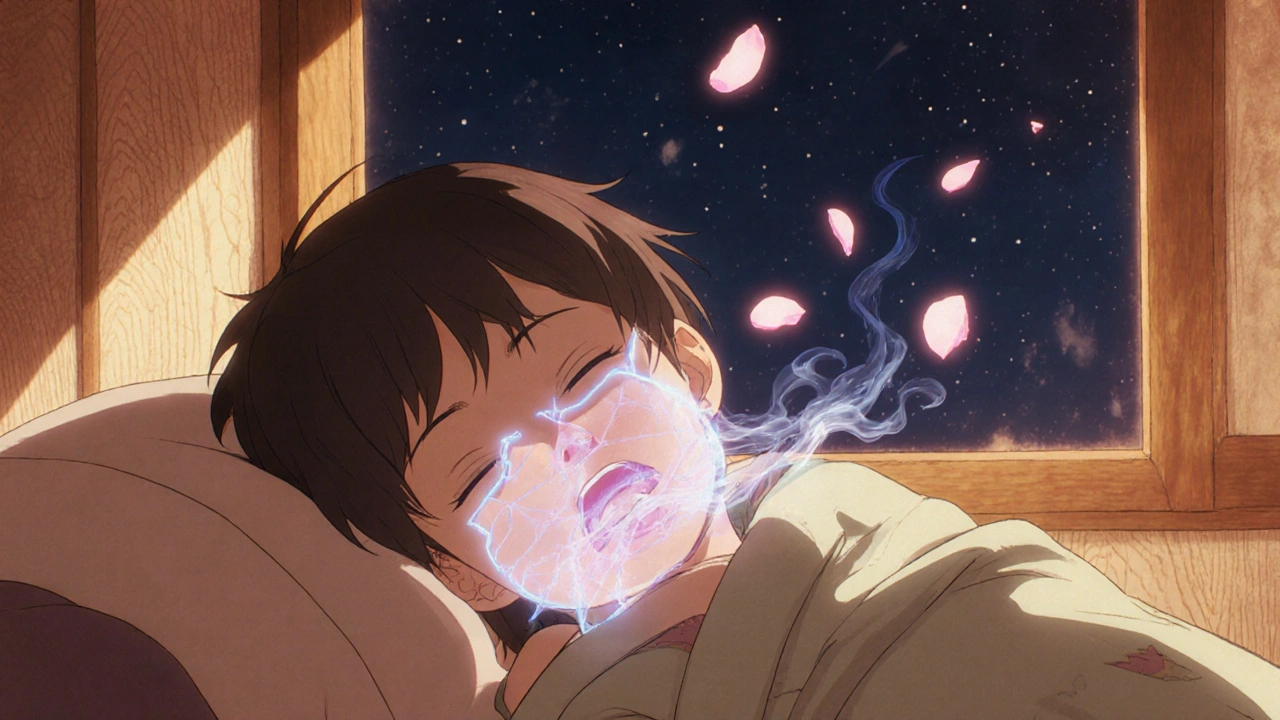
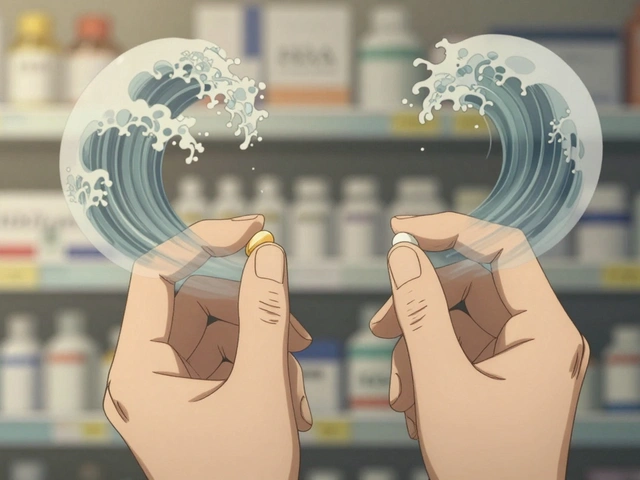


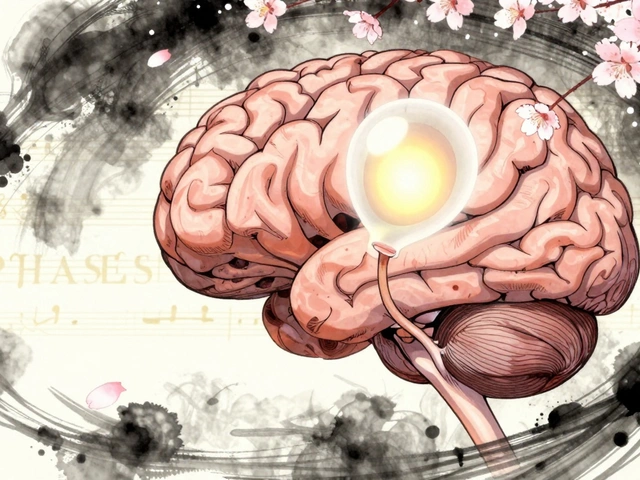
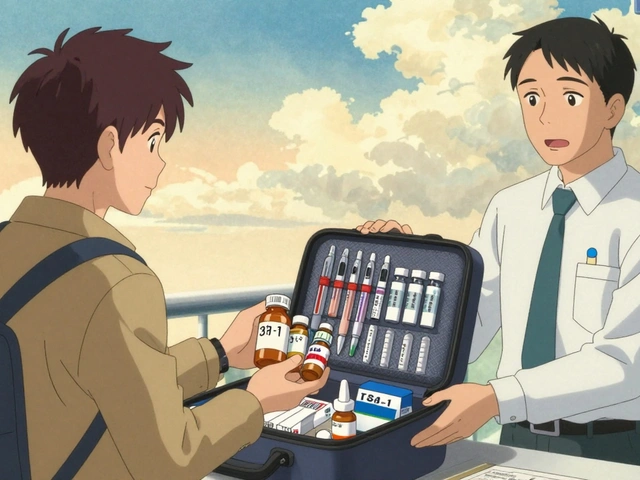
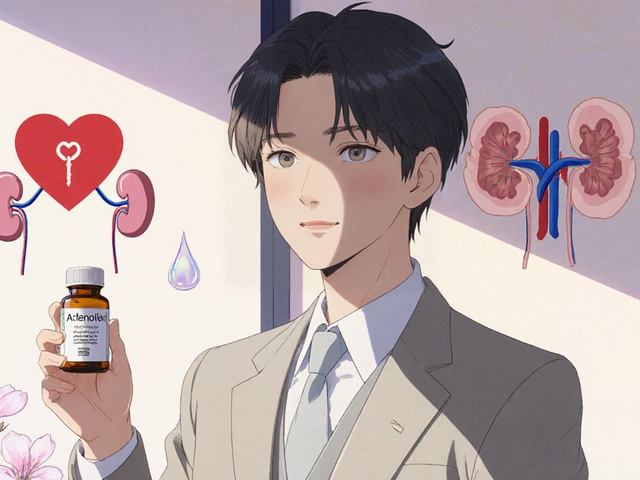
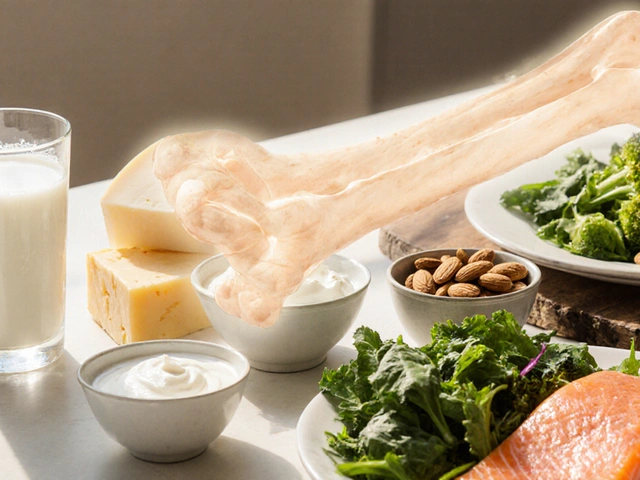
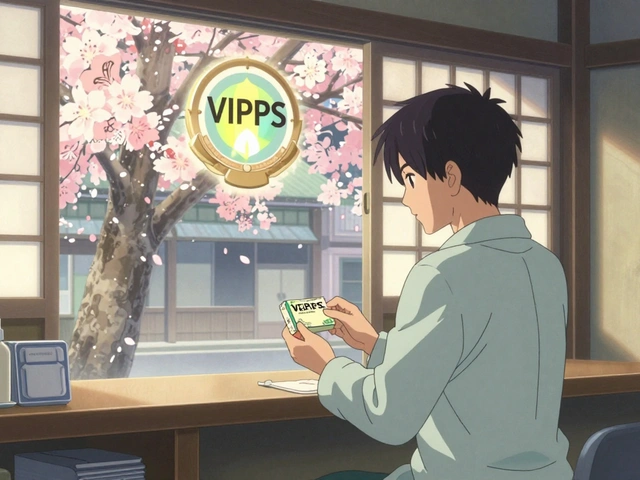
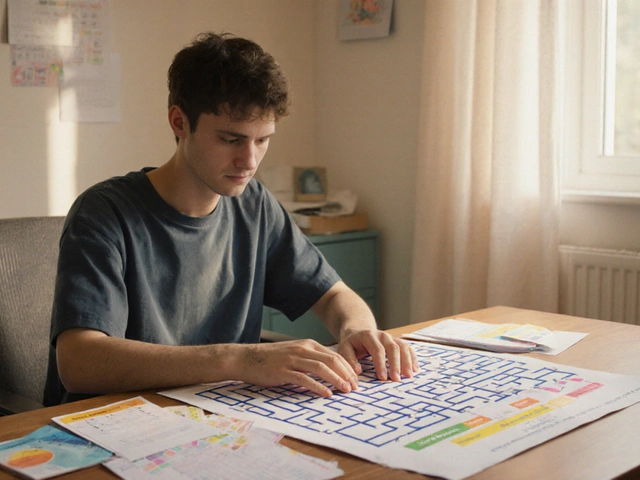

Rebecca Cosenza
20 Nov, 2025
My kid snored like a chainsaw. We did the surgery. Night and day difference. 🙌
serge jane
21 Nov, 2025
I used to think all kids snored it was just part of growing up until my daughter started having night terrors and failing math because she was so exhausted. The sleep study was the hardest thing we ever did but also the most necessary. You don't realize how much your child is struggling until you see the data on oxygen drops and apnea events. It's not just about quiet nights it's about their brain developing properly. I wish more parents knew this isn't normal it's a medical red flag that gets dismissed as "just a phase". The adenotonsillectomy wasn't a big deal compared to the years of cognitive fog we were living through. Now she reads for fun and doesn't fall asleep in the car. That's the real win.
Cinkoon Marketing
23 Nov, 2025
FYI the partial tonsillectomy thing is way overhyped. My cousin's kid had it and ended up needing a second surgery six months later because the tissue grew back. They just don't tell you that part. Also the steroid sprays? They work for like two months then the adenoids come back harder. It's a bandaid. Surgery is still the only real fix for most kids.
Lemmy Coco
24 Nov, 2025
i had no idea cpap pressure for kids was so low like 5-12 cm h2o? i thought it was the same as adults. my son uses a nasal pillow mask and we had to try like 5 different ones before he tolerated it. also the mask replacement thing is so true mine got stiff after 8 months and started leaking like crazy. totally forgot to order a new one until he woke up gasping one night. oops.
rob lafata
24 Nov, 2025
Let me guess the pediatricians are pushing this surgery because they get paid per procedure right? And the sleep study? That's a $5000 cash grab. You think they care about your kid's brain development or are they just cashing in on fear? I've seen kids go from snoring to full-blown CPAP dependency after a "routine" tonsil removal. And don't even get me started on those nerve stimulators. FDA approved? Sure because the device companies own the regulators. Wake up people this is Big Sleep Industrial Complex. Your kid's body can heal itself if you just stop cutting into it and start fixing the root cause like diet and inflammation.
Sarah Swiatek
25 Nov, 2025
Oh wow rob lafata just rolled out of your tin foil hat cave didn't you? Let me help you with your conspiracy theory. The reason adenotonsillectomy works in 70-80% of cases isn't because of some sinister profit motive it's because the anatomy is literally blocked. You can't fix a physical obstruction with kale smoothies. The sleep study isn't a scam it's the only objective way to measure how many times your child stops breathing per hour. And CPAP isn't a crutch it's a life support system for a child whose airway collapses like a deflated balloon. I've seen kids with Down syndrome who can't breathe without it. They're not being "dependent" they're being kept alive. If you think surgery is dangerous try living with a child who wakes up every 90 seconds gasping for air for three years straight. That's the real horror story.
Dave Wooldridge
26 Nov, 2025
I heard from a nurse at the hospital that they secretly implant tracking chips in the tonsil tissue during surgery so the government can monitor kids' sleep patterns. That's why they push it so hard. Also the CPAP machines are linked to satellites. You think the mask is uncomfortable? Wait till you realize it's broadcasting your child's dreams to the NSA. I'm not saying it's true but why do they always use blue masks? Why not red? Why not green? Something's off.
swatantra kumar
26 Nov, 2025
My son had mild OSA and we tried montelukast for 4 months. Snoring went down 40% but he still woke up 5 times a night. Then we did the surgery. Now he sleeps like a log and even remembers his dreams 😄. Best $0 (covered by insurance) investment ever. Also the ortho expander? Total game changer for my neighbor's kid with narrow palate. Took 8 months but no surgery needed. So many options out there don't panic!
Matthew McCraney
27 Nov, 2025
I'm not saying the surgery is bad but my friend's kid died during recovery because the anesthesiologist gave him too much. They didn't even test his airway properly. And now the hospital is hiding it. I've seen the documents. They're covering it up. Why? Because they don't want parents to know how many kids die from this. You think the 0.5% ICU rate is the whole story? Nah. They just reclassify the deaths as "sudden infant death". Wake up. Your child is a lab rat.